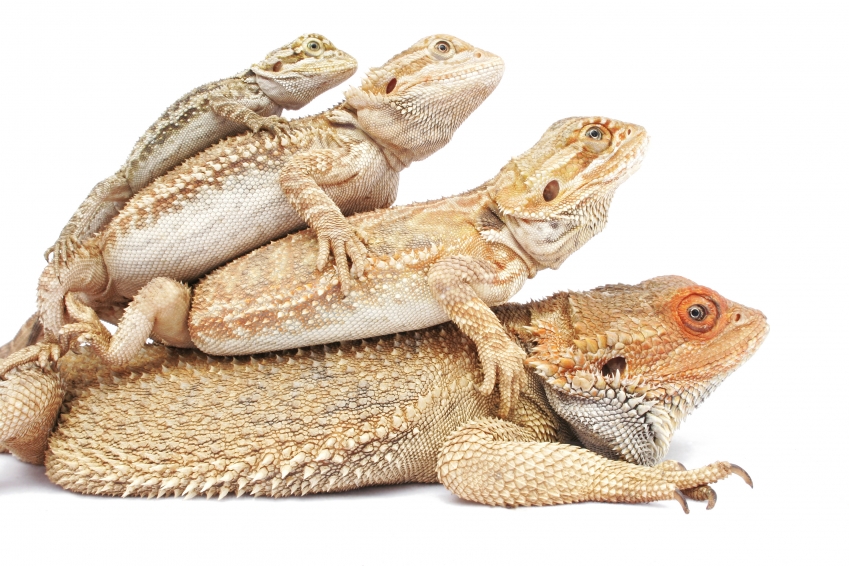Bearded Dragon Habitat in the Wild: A Beginner's Guide
Bearded Dragons: A Complete Guide to their Natural Habitat in the Wild
If you’re a beginner looking to house a bearded dragon as a pet, you have to understand their natural habitat in the wild. By doing so, you’ll have a better chance of providing them with the best habitat possible for their physical and emotional well-being.
Geographical Distribution

Bearded dragons are native to Australia and are found in areas ranging from the eastern Australian coast through to the most western point of the continent. These reptiles are generally found in the arid regions of the country, where they can thrive in the baking sun and find plenty of prey to eat.
Climate

The climate of the bearded dragon’s natural habitat is hot and dry. Bearded dragons can tolerate temperatures between 75 and 85 degrees Fahrenheit during the day and 65 and 75 degrees Fahrenheit at night. During the winter months, temperatures are cooler with highs reaching the mid-70s and lows around 60 degrees Fahrenheit.
Vegetation

The vegetation in the bearded dragon’s natural habitat is sparse and includes a variety of plants such as acacia shrubs, spinifex grass, and eucalyptus trees. These plants provide shade and shelter for bearded dragons and serve as both a food source and a place for insects to hide.
Habitat Features

Some of the features that bearded dragons require in their natural habitat include rocks for basking, logs and shrubs for shelter, and open areas for hunting insects. A water source such as a pond or creek is also necessary for hydration and regulating body temperature.
Types of Substrate

The substrate of the bearded dragon’s natural habitat is varied and includes sand, gravel, and clay. These substrate types allow for burrows and provide hiding places for bearded dragons. In captivity, many pet owners use a combination of sand and coconut coir or play sand to replicate this substrate.
Conclusion
Understanding the bearded dragon’s natural habitat is essential for providing a suitable environment for your pet. By replicating the features of their natural habitat, you can ensure that your bearded dragon will live a healthy and happy life. Keep in mind that bearded dragons require appropriate care and attention, so make sure you’re prepared before bringing one home.
